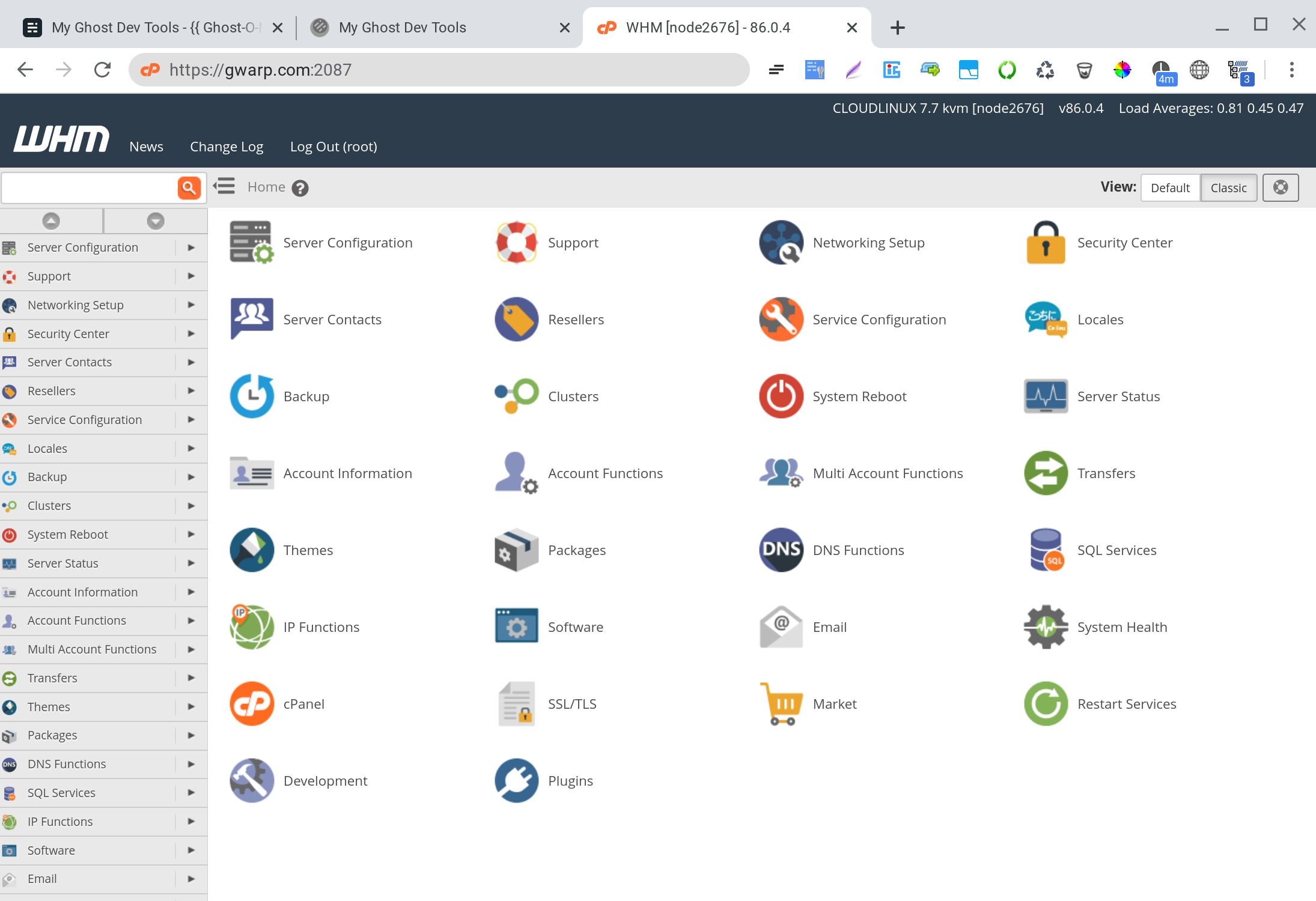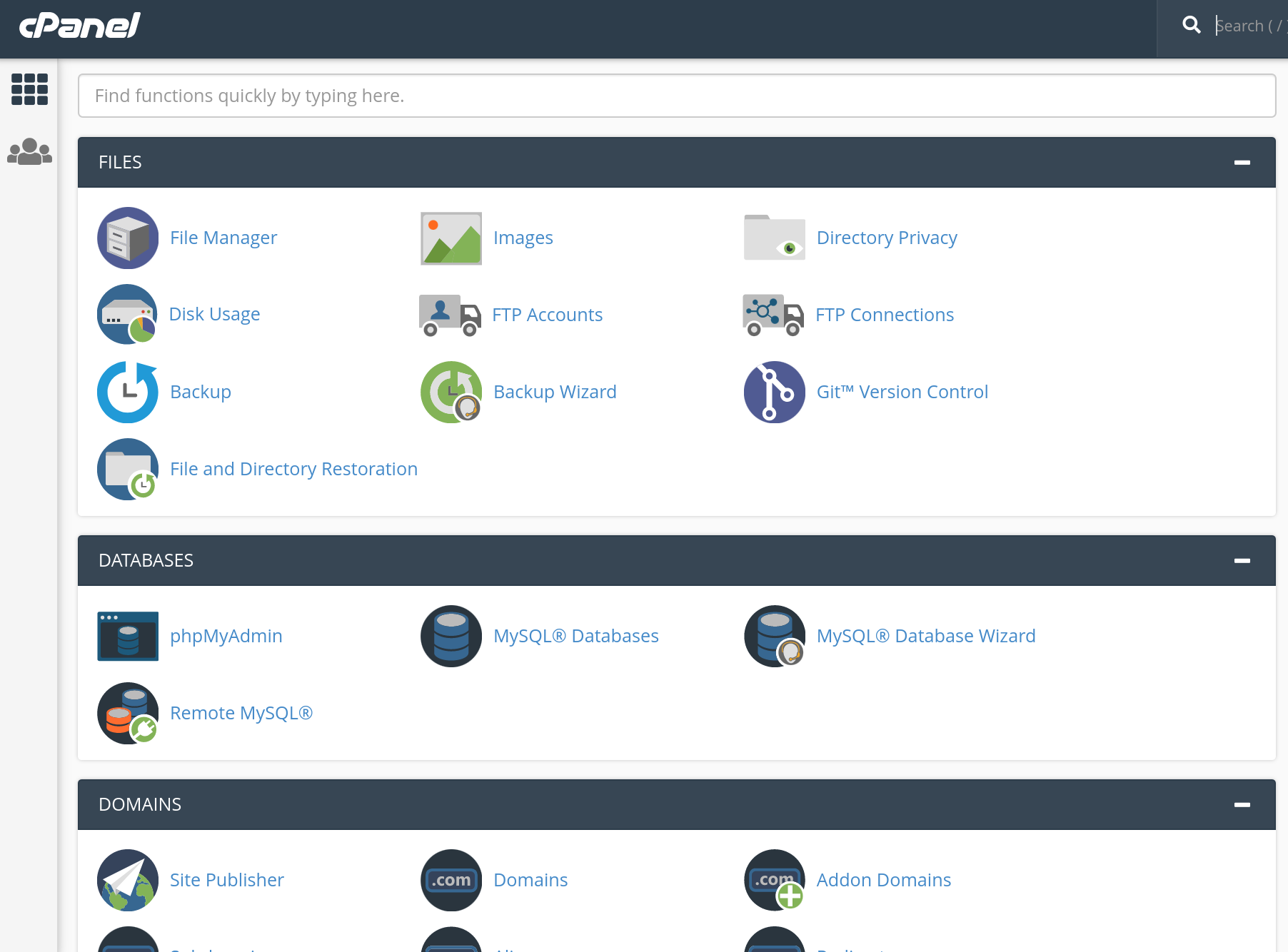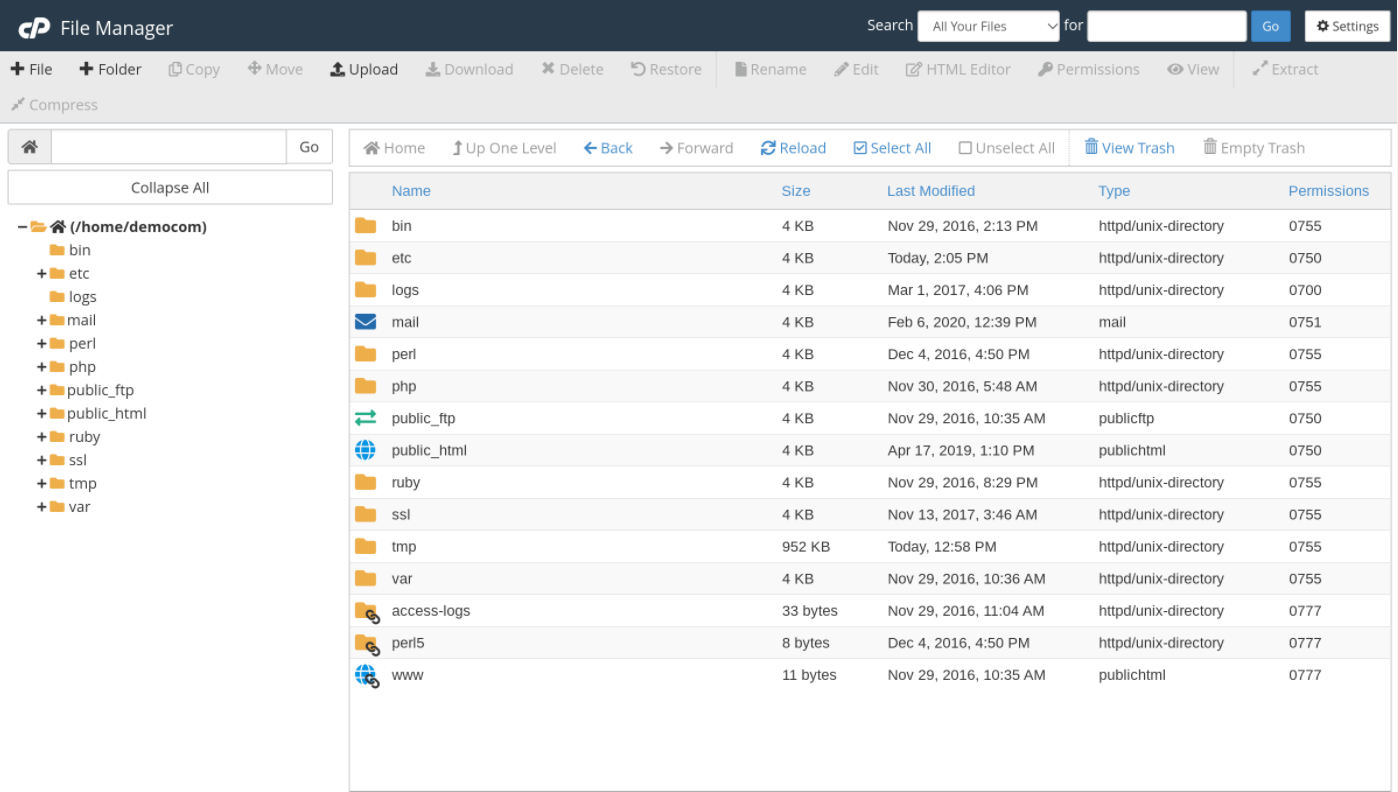My Ghost Dev Tools
Not Cool...
I admit that my development environment is totally not cool.
I admit that I am obsessed with efficiency and simplicity. My primary computer these days is a PixelBook (even though I also have a dozen Mac and PC boxes).
For years I used FTP (Filezilla) for my web server file management, but the cPanel File Manager is now faster than Filezilla and runs in any browser.
I use the free Pixlr online to create my graphics and edit my images.
It Just Works
This whole setup just works, in any browser, on any machine, anywhere - all of the time. It's very freeing.
My Shared Hosting
Firstly, I would advise that the very best hosting option, for anything mission-critical (and which I use for my own client sites) is on Ghost.org and well worth it!
Although I struggled with DigitalOcean, I did succeed in deploying a Ghost on a Droplet ($5/month for one Ghost), and it was fun learning.
"Droplet" is such an endearing name for a server instance that I accidentally became emotionally attached to my "Droplet" on Digital Ocean, and then felt guilty "destroying" it. That's the name on the button in the Digital Ocean panel -- "Destroy Droplet". (Couldn't they re-name it something less violent like "Delete Instance"? I felt brutal.)
I also have a Discourse Forum on a Droplet ($10/month) for hosting all of the comments on my various Ghost sites (each site's Comment section auto-connects to its own separate Category on the one Discourse forum).
But for my nOObified development needs, I found only one host that provides, as advertised, a truly one-click Ghost installer. And you get a bunch of Ghosts if you want, not just one (I have 5 Ghost instances deployed right now on my $5/month hosting account - this site is one of those). It's dirt cheap by any measure. I've been using FastComet for 6 months now, and my experience is that their support is Johnny-on-the-spot.
FastComet Shared Hosting
Introduction to Ghost Hosting on FastComet (Their blog runs on Ghost too.)
If that isn't already simple enough, they provide simplified docs for total n00bs...
You can see -- there is a button right in my Cpanel. I click it. I wait 15 seconds. I have a Ghost site up and running on the web. I can restart the Ghost or delete it with another button-click. No Git. No Terminal. No Ubuntu. Just everything right here in my browser, in my cPanel. Right on.
On FastComet I create new Ghost sites, and delete old ones at will, in seconds. And I use the File Manager right in my cPanel to directly (and instantly) access and edit the files and images in my Ghost sites.
Also, I can run 5 or 6 separate Ghost sites on just one shared hosting plan.
My VPS...
Since I own 700+ domain names and run dozens of websites, a managed Virtual Private Server (VPS) is also part of my toolbox. (You don't need to rent an entire server just for running a small blog.) VPS servers are divided into small chunks and rented to individuals as monthly "shared hosting" plans.
My VPS is running CloudLinux on top of CentOS, and LiteSpeed Web Server with a Web Host Manager (WHM) where I can create as many separate cPanel accounts and websites as I want, all accessible and manageable in one place (from any browser, in any device, from anywhere ...

For each new group of cPanel sites I want to create, I create one new account in WHM.
Each of these WHM accounts has its own cPanel that I can then log into to create and host any number of domains, subdomains and websites (and further, each of these sites can have its own username and password, unlimited email accounts, FTP accounts, etc.)

Each one of those cPanels also has its own built-in web-based File Manager (I just log into a web page through any browser) which shows only the files for that group of websites. This way each website and its own files are kept separate, in its own, password-protected space. Awesome sauce.
I use this web-based File Manager to upload, edit and save all of my Ghost files and images directly on the server. No FTP, no command line, and no local files to keep synchronized with a remote server. Just direct. Stupid simple.

ConfigServer Explorer (CSE)
So then... I also found this free cPanel/WHM plugin and installed it on my WHM panel. So now I have the mother-of-all (MOA) File Manager in my WHM that gives me access to all of my cPanel sites and all of their sub-sites, and all of their files, all at once, in one sweet MOA File Manager:
Halleluja !!!Very convenient, but also much more easy to mess up my sites (catastrophically) if I am not careful.
My Backup Plan
I also use UpCloud for cheap and reliable redundant storage. I store a backup of my entire VPS server that I can easily clone or restore should I ever need to. Heaven forbid.
Cloudflare
To keep all of my sites blazing fast and secure, I also use Cloudflare for my DNS, CDN and TLS/SSL.
